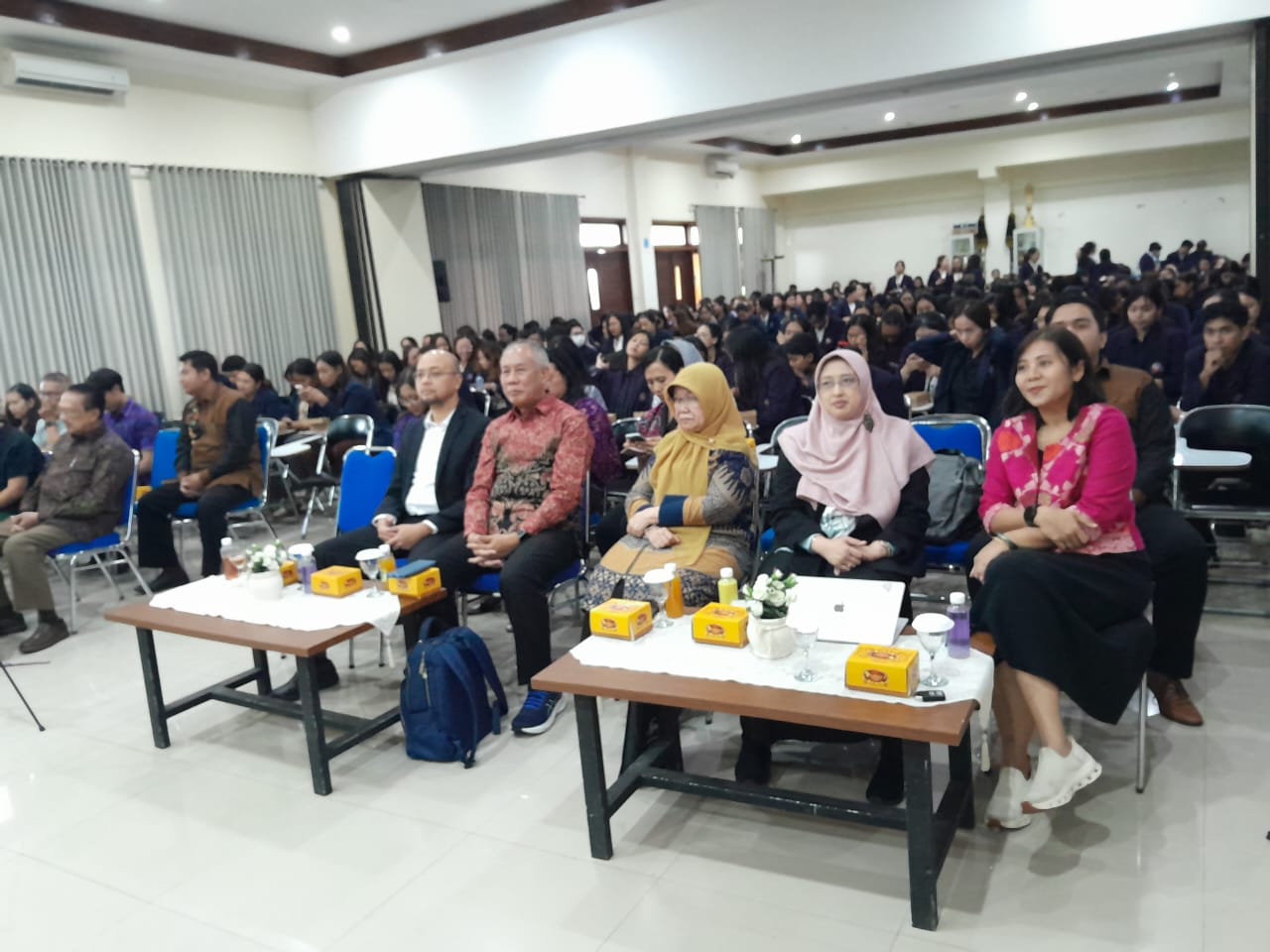
Dr. Retno Sari, MSi., Apt. UNAIR Faculty of Pharmacy lecturer. (Photo: Personal Doc.)
UNAIR NEWS – On April 3, 2020, the Ministry of Health of the Republic of Indonesia issued a circular letter (SE) number: HK.02.02 / III / 375/2020 regarding the use of disinfection chambers in the context of preventing covid-19 transmission. In short, the circular letter does not recommend the use of disinfection chambers in public places and facilities as well as settlements.
Other considerations from the Ministry of Health of the Republic of Indonesia are various types of disinfectant liquids used for sterilization, such as diluted bleach, chlorine, 70% ethanol, quaternary ammonium such as benzalkonium chloride, hydrogen peroxide and others. These materials, are materials for rooms and surfaces, not for the body.
In this regard, Dr. Retno Sari, MSi., Apt. or Retno, a lecturer of Faculty of Pharmacy, UNAIR gave an explanation. According to her, there are materials used that need to be examined in terms of toxicity, physicochemical properties, and levels of use or effectiveness levels.
In this regard, Dr. Retno Sari, MSi., Apt. or Retno, a lecturer of Faculty of Pharmacy, UNAIR gave an explanation. According to her, there are materials used that need to be examined in terms of toxicity, physicochemical properties, and levels of use or effectiveness levels.
For example, benzalkonium chloride at 0.01% – 0.5% can be used as a medicine for cleaning, cleaning wounds, and preserving preparations. Hydrogen peroxide at levels of 3 to 5% can be found in mouthwash preparations and prevents infection in wounds.
“In the use for surface disinfection, it is also important to consider the level and method of its use because some materials can be corrosive to metals, damage rubber, plastics, and fabrics,” Retno explained.
Disinfectant or antiseptic material if not used properly can cause adverse effects on humans. So, the toxicity of the material, the level of use, how to use it must be considered.
In improper usage, some materials can cause adverse effects to humans such as skin irritation, mucosa and respiratory disorders, even some are carcinogenic. Likewise, some materials are flammable, damaging the surface of metals, plastics, fabrics.
“Therefore the selection of disinfectant materials must pay attention to safety, effectiveness, and stability,” she continued.
Furthermore, the use of disinfectants must pay attention to several things including selection of materials that are not toxic to humans, the effectiveness and safety which involve levels of use, how to prepare, how to use and time of use.
“Moreover, officers also need to get direction on the correct procedure for disinfection,” she said.
According to Retno, in situations where disinfection is needed, it does not have to be in the form of a disinfection chambers. The principle is how our efforts to reduce microorganisms that exist in outer clothing.
Efforts to prevent or reduce the risk of spreading the virus need to be done in conditions including work demands. For example, in the healthcare industry where many employees have to come to work, they come from various places, use various modes of transportation, be in the same location for several hours. Or, people who come to health services, in public services where there are still people coming and going.
In addition, the letter issued by the Indonesian Ministry of Health explained that disinfection was carried out on surfaces, rooms, clothing and personal protective equipment. Therefore, according to Retno, disinfection must not be sprayed directly on exposed In addition, the letter issued by the Indonesian Ministry of Health explained that disinfection was carried out on surfaces, rooms, clothing and personal protective equipment. Therefore, according to Retno, disinfection must not be sprayed directly on exposed body parts such as the eyes and face.body parts such as the eyes and face.
“The use of disinfection chambers must pay attention to the applicable provisions regarding the type and level of disinfectant, how to prepare the solution, the method and time of spraying, safety for humans both for officers and people sprayed,” she concluded. (*)
Author: Galuh Mega Kurnia
Editor : Binti Q. Masruroh








